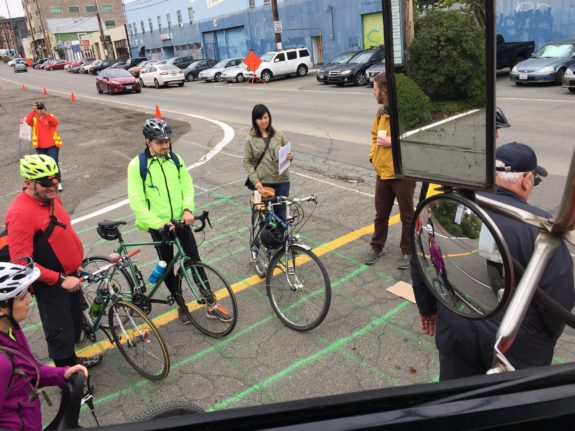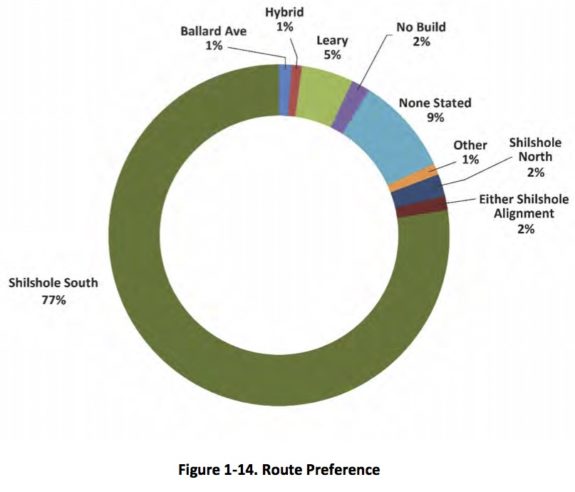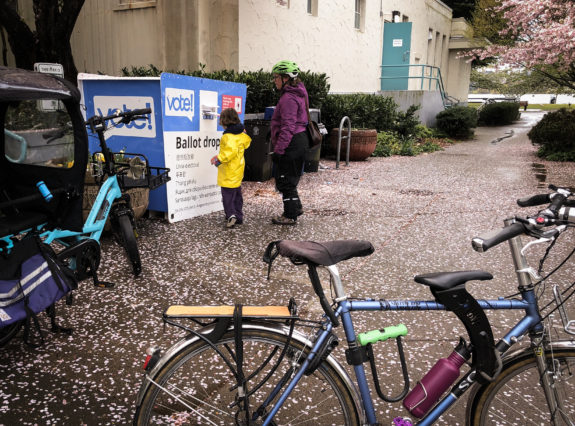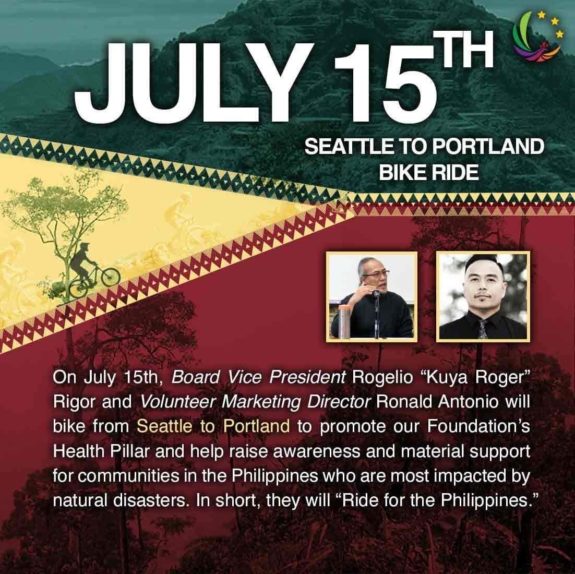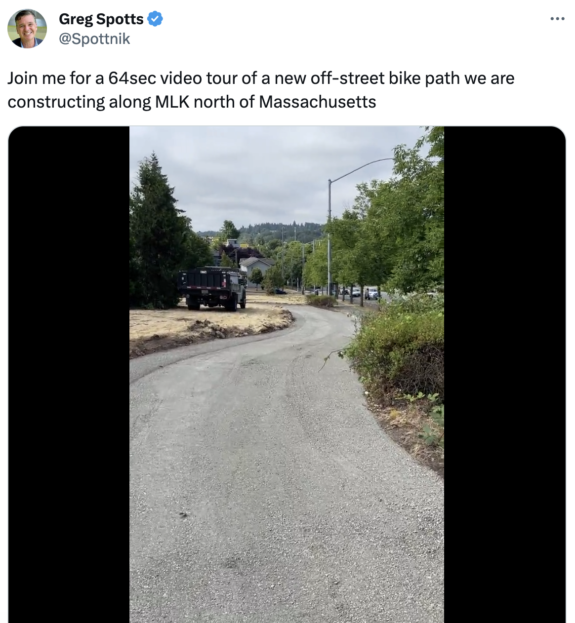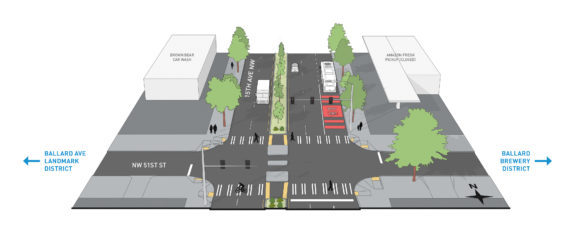
SDOT just added some significant safety improvements to the 15th Ave NW paving project before declaring the design 100% complete and ready for construction. No, the changes to not fix the horrible sidewalks across the Ballard Bridge, which is easily the biggest problem with this stretch of the street.
However, SDOT will add a median between NW 50th and 54th Streets as well as a new signalized crosswalk at NW 51st Street, breaking up a five-block stretch that currently has no safe crossings. The new median will replace one of the three existing southbound lanes, and a new northbound bus lane will replace one of the three existing northbound lanes.
The result of these changes will be a major calming of this faux-highway cutting through Ballard. They will also mirror the road layout of the Ballard Bridge, which has two general purpose lanes in each direction. There’s no good reason to widen the street to 6 general-purpose lanes following the 4-lane bridge, and we know that having too many lanes encourages speeding and makes streets more deadly.
The changes come after safe streets advocates worked hard to push back on the lack of planned safety improvements to this major paving project. Fremont-Ballard Greenways even put together a detailed plan filled with safety ideas called “Reconnect Ballard.” The group suggested a new signal at 51st and improvements to the signal at 53rd, both of which are now in the plan. Shortly after he was picked to lead SDOT, Director Greg Spotts went on a tour of the area “exploring the potential for safety-related additions to the paving project that is planned.” This project was mostly through design before he came on board, so these changes are perhaps a glimpse into the kinds of changes he is pushing the department to deliver instead.
The project is planned for construction from “winter 2023 – winter 2024,” according to the project website. More details about the latest changes:
(more…)
